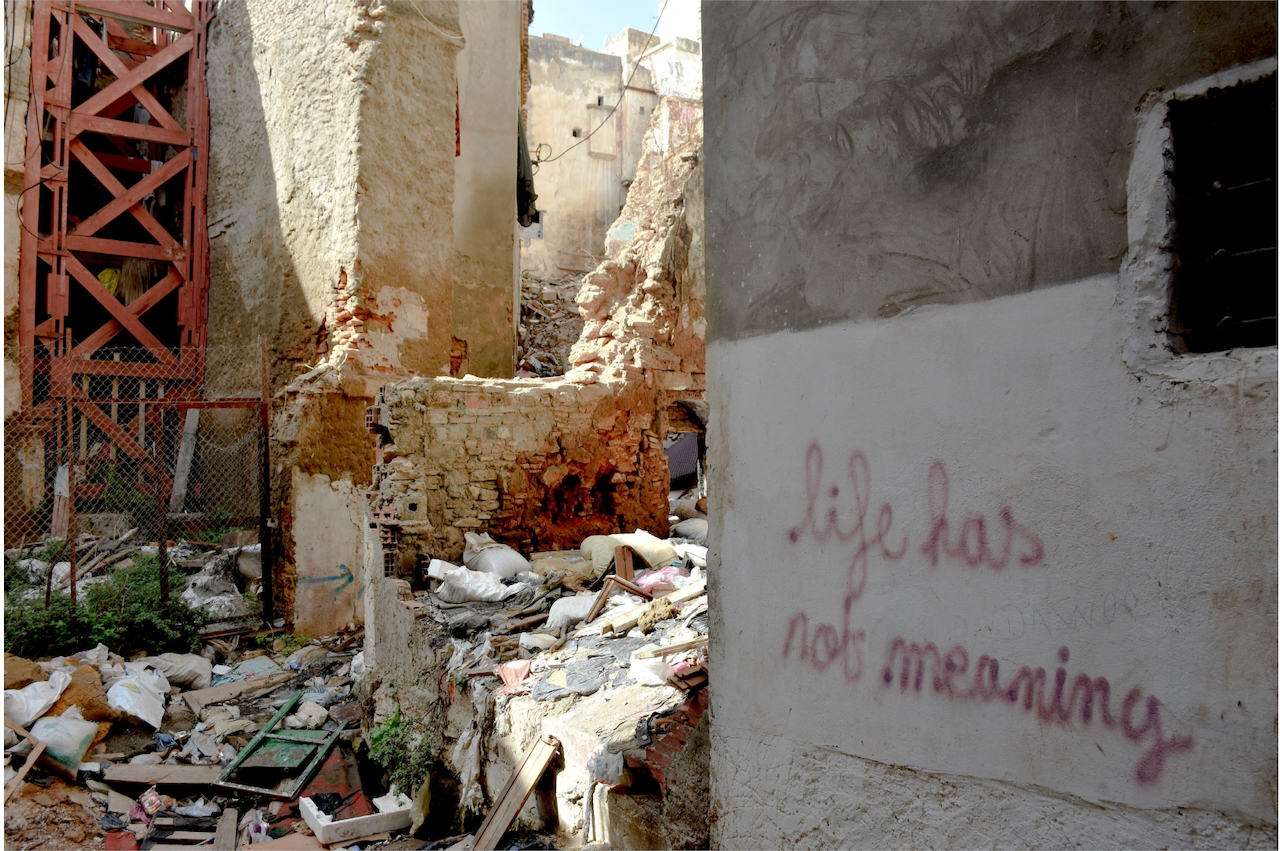The Casbah of Algiers, the formidable citadel and its surrounding traditional quarter, is a testament to Algeria's rich history and an architectural marvel of immense cultural significance. It needs to be saved from falling apart.
In 1992, the UNESCO World Heritage Committee declared the Casbah of Algiers a World Cultural Heritage site, acknowledging its remarkable remnants, including the citadel itself, ancient mosques, Ottoman-style palaces, and a traditional urban structure that resonates with a deep-rooted sense of community. Its labyrinthine streets and alleys invite exploration, unveiling a tapestry of stories that echo throughout the ages.
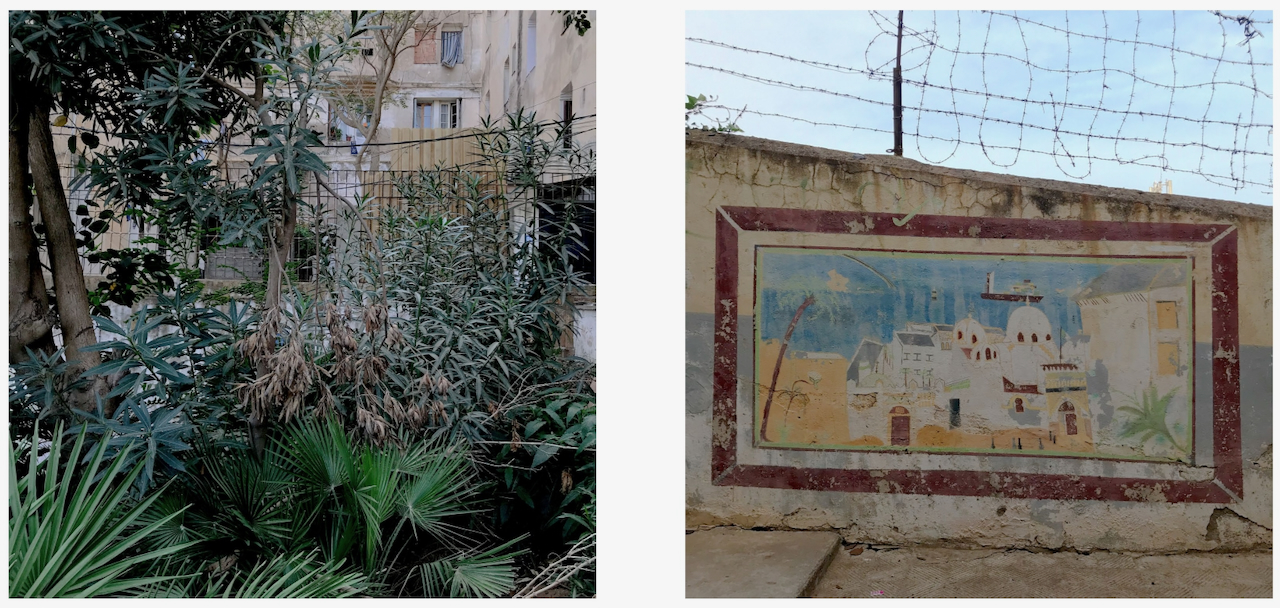
During the colonial era under French rule, the Casbah served as a crucible of resistance and resilience. It offered refuge to revolutionaries, providing a clandestine haven for planning and strategizing their battle against oppression. The Casbah was the birthplace of numerous influential revolutionaries, who emerged from its narrow streets to challenge the status quo. Furthermore, it nurtured the talents of Chaabi musicians and artists, who used their voices and art to articulate the aspirations and struggles of their people.
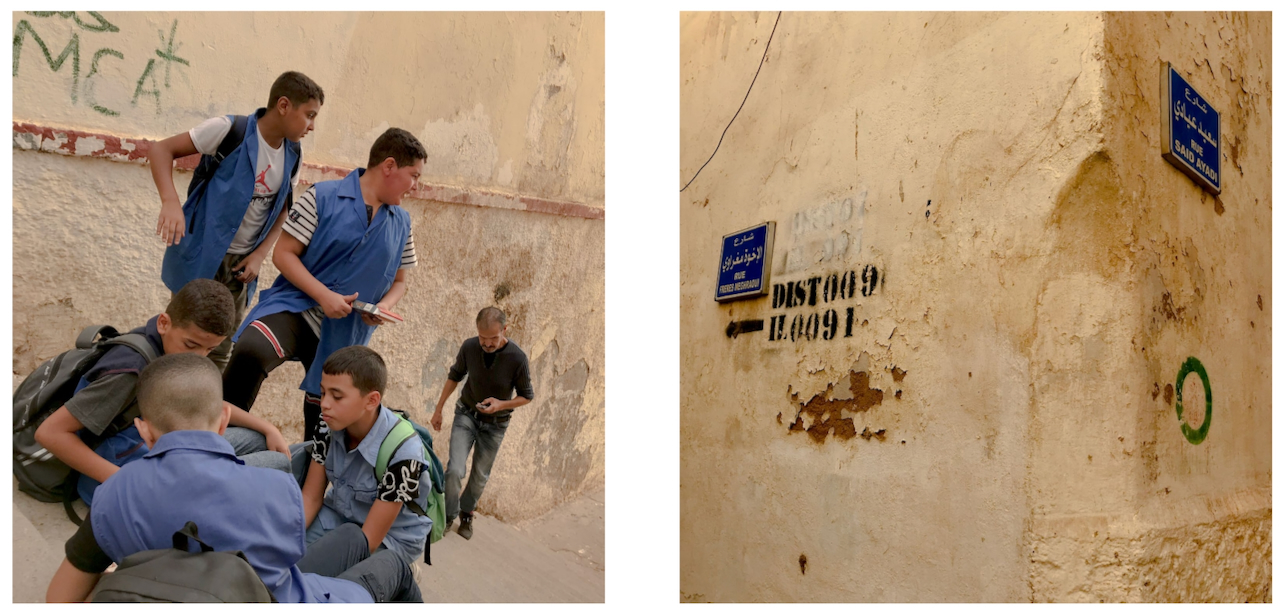
Today, the Casbah is home to a vibrant community, with a population exceeding 80,000 people. However, the district faces a grave predicament, as almost every house and building stands on the precipice of collapse. Cracks and fractures in the walls, floors, and ceilings serve as visible reminders of the passage of time and neglect. These physical crevices embody the metaphorical cracks that weave through the history of the place, the painstaking efforts of reconstruction, and the collective spirit of its inhabitants. The wooden structures, weathered by time and neglect, bear witness to the fading glory of the Casbah's architectural splendour.
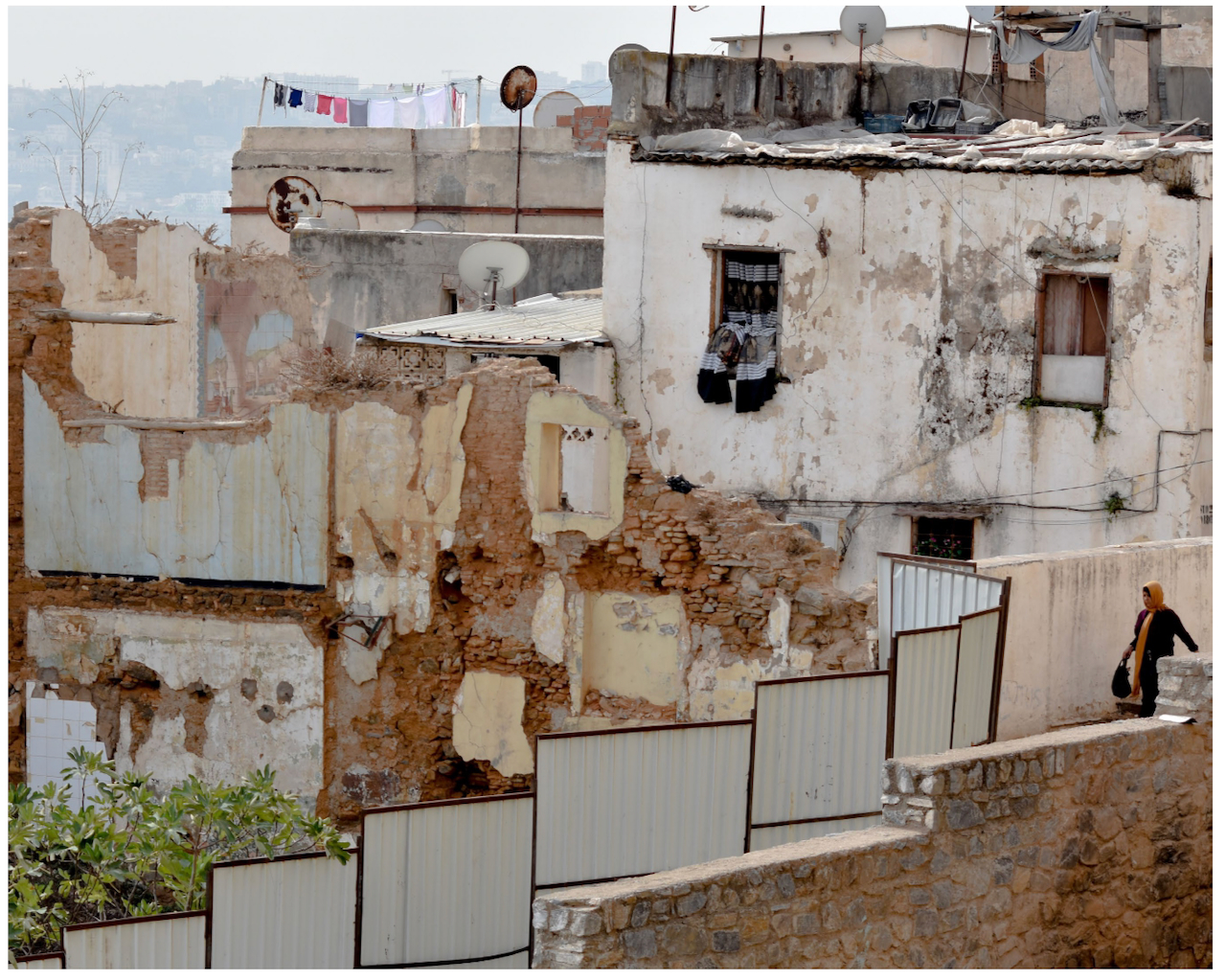
Despite its undeniable significance, the Casbah's plight has garnered inadequate attention and action. Various factors contribute to the lack of concerted efforts to halt its decay.
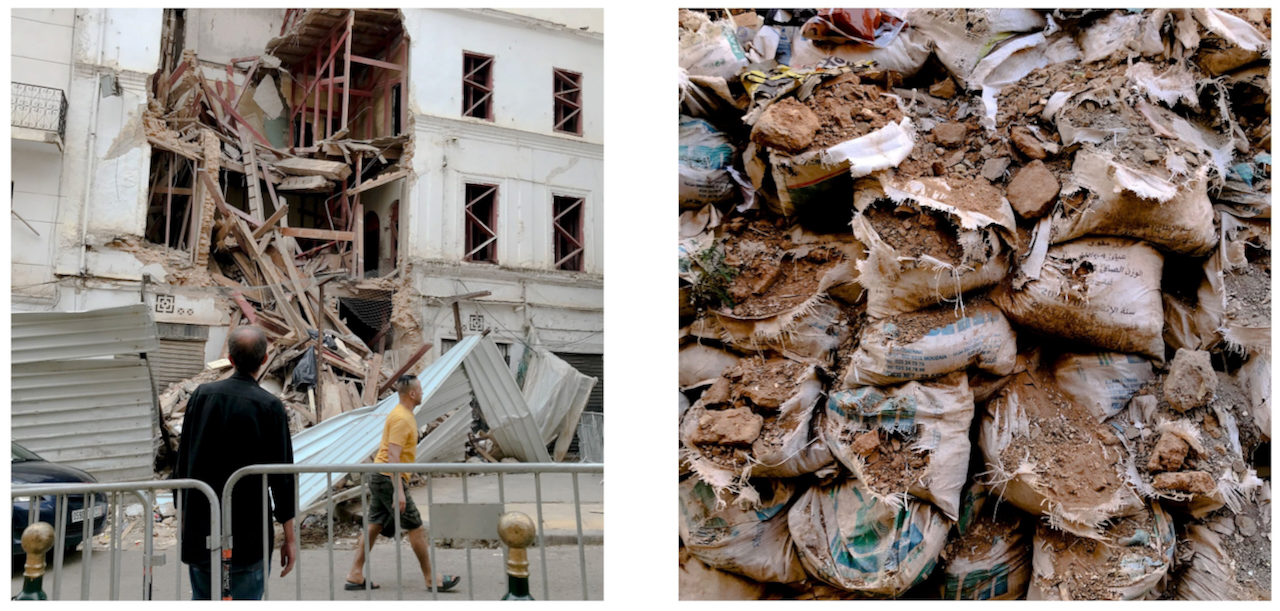
Limited resources and funding hinder the ambitious task of preserving the Casbah. Restoration and conservation initiatives require substantial financial investments, technical expertise, and sustained commitment. Competing priorities within limited budgets often overshadow the urgency of preservation.
Socioeconomic challenges faced by the Casbah's residents present a barrier to preservation efforts. Poverty and limited access to resources prioritize immediate needs, leaving little room for investment in long-term conservation projects.
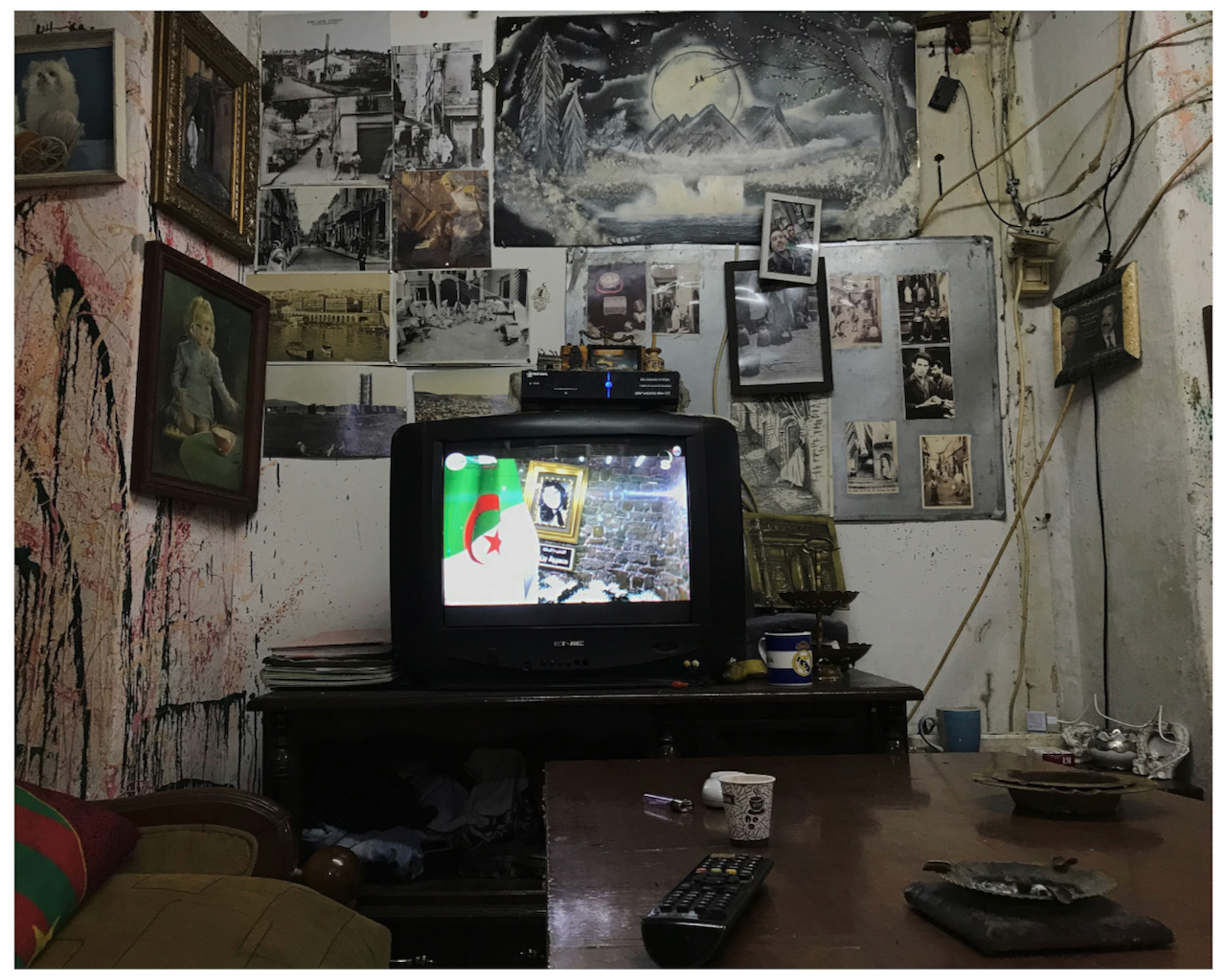
Complex administrative procedures and bureaucratic hurdles further impede progress. Navigating intricate legal frameworks, obtaining permits, and coordinating efforts among multiple stakeholders can be time-consuming and hinder the swift implementation of preservation measures.
Insufficient public awareness and appreciation contribute to the lack of active involvement in preserving the Casbah. The historical and cultural significance of the site is not widely known or fully understood, both locally and internationally. Generating awareness and fostering a sense of pride and ownership among the public is essential for mobilizing collective action.
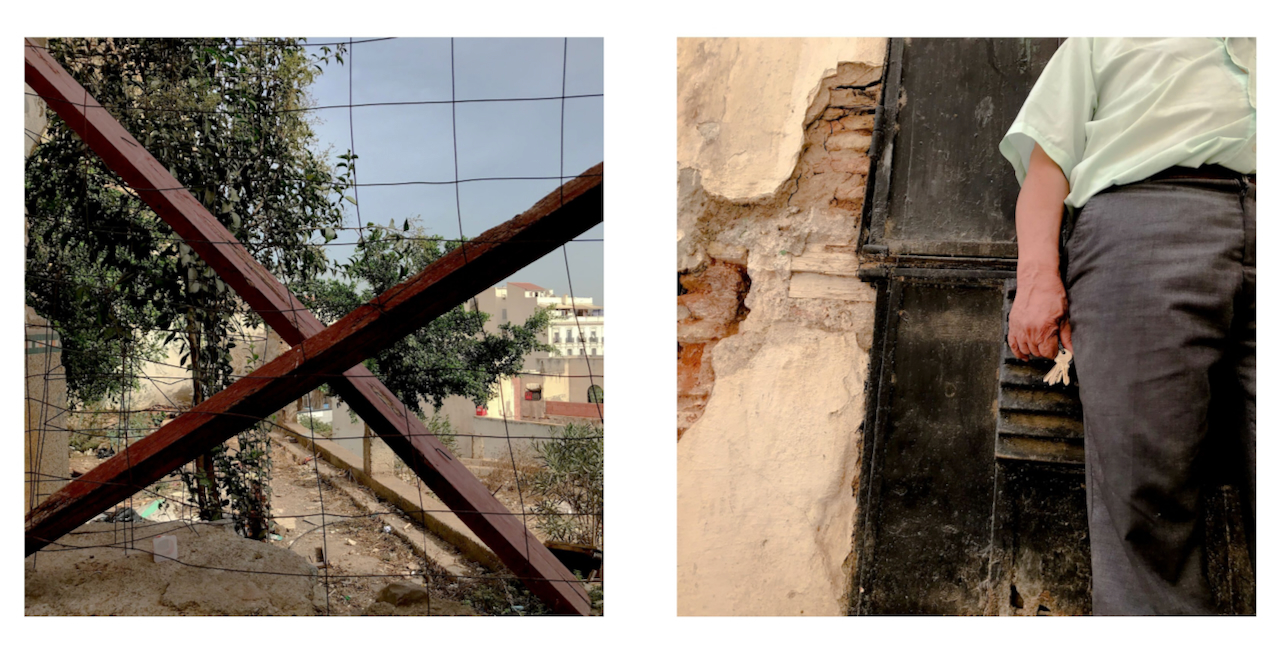
To address these challenges, a multifaceted approach is needed. Governments, cultural institutions, and international organizations must collaborate to secure adequate funding for restoration projects and streamline administrative processes. Engaging local communities through education, outreach, and empowerment initiatives can create a sense of shared responsibility. Additionally, raising awareness through media, exhibitions, and cultural events can garner public support and cultivate a renewed appreciation for the Casbah's value as a national and global heritage.
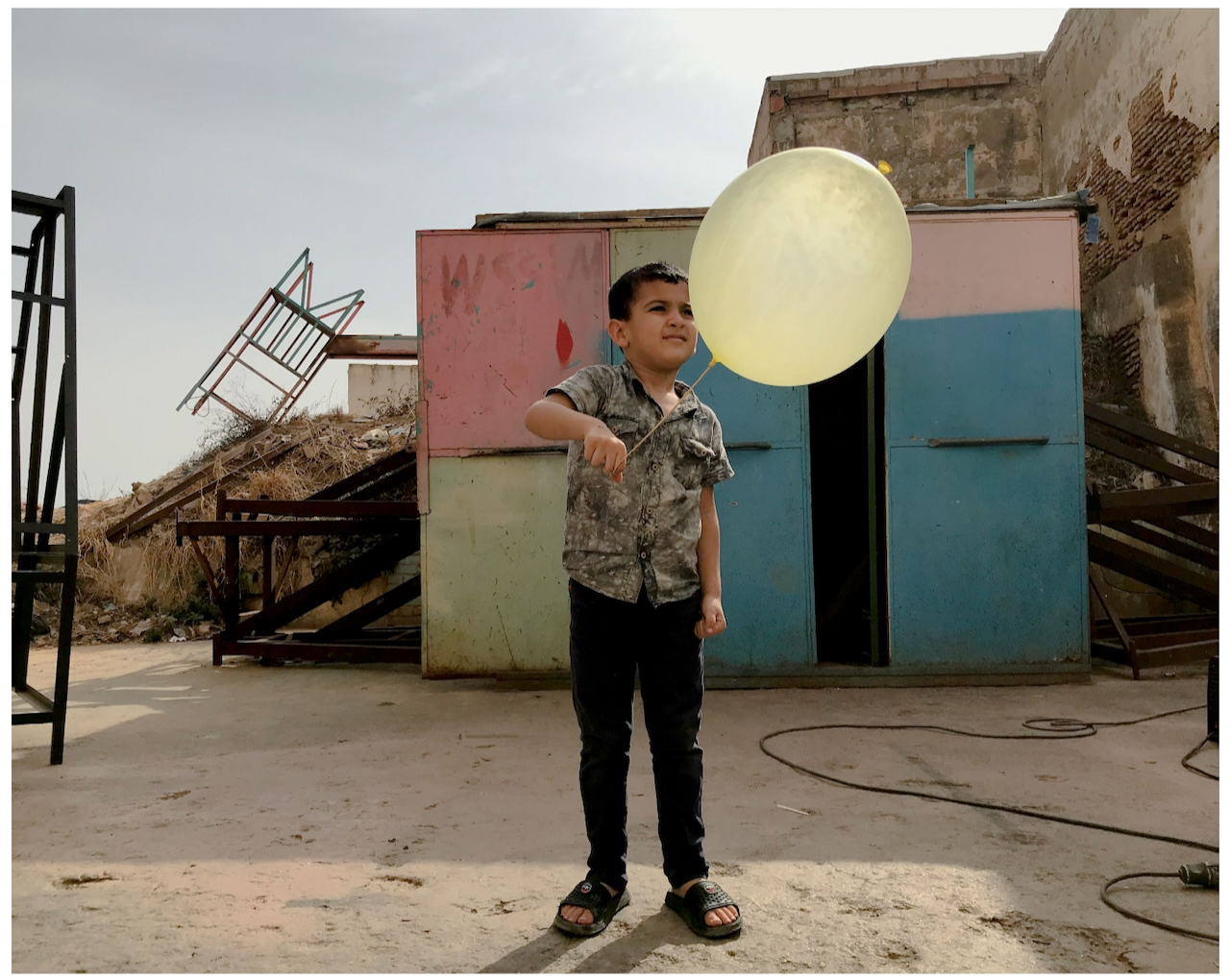
Preserving the Casbah is not just a matter of safeguarding historical architecture, but is also about protecting a living testament to Algeria's struggle for independence and cultural identity. By acknowledging its significance and rallying collective efforts, we can ensure that future generations can witness and embrace the legacy of the Casbah, a place where history, community, and resilience converge.
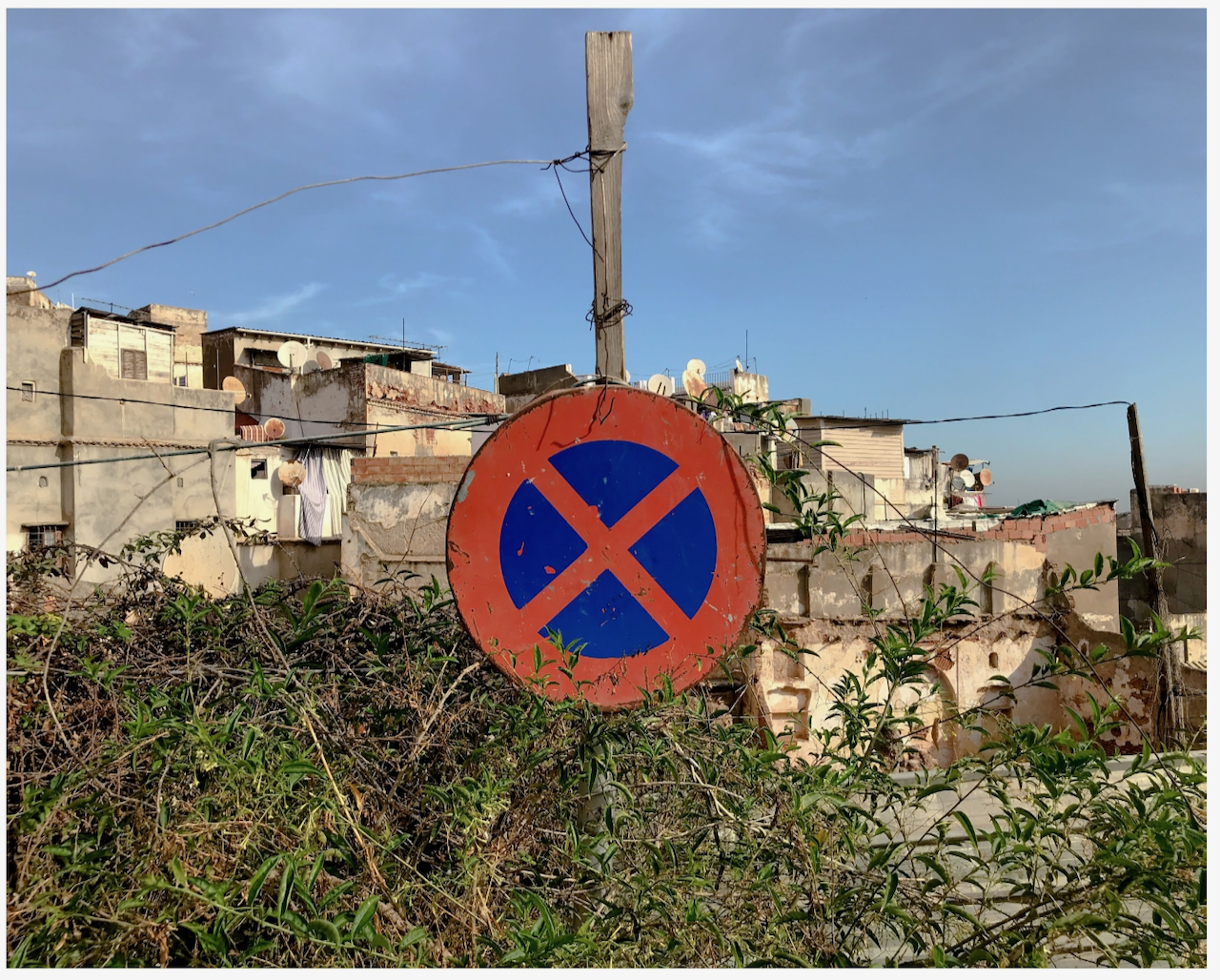
Issam Larkat (1996) is a self-taught Algerian photographer and sociology student from the University of Relizane. He is interested in the documentary aspects of photography and aims to portray the details of the relations between places, humans, and their beliefs, characteristics, social status, causes, and their relationships to spaces and how they shape them. He developed his visual language through his love for cinema at a young age, capturing a mix of his background information with what he sees and lives on a daily basis in different cities in his country. He sees photography as a medium to fight peacefully against the injustice of the modern world and give a voice to unheard but important causes.
Read more on collapsing building in Kiyambu County and Lagos: Kenya, Nigeria | The outrage of collapsing buildings

